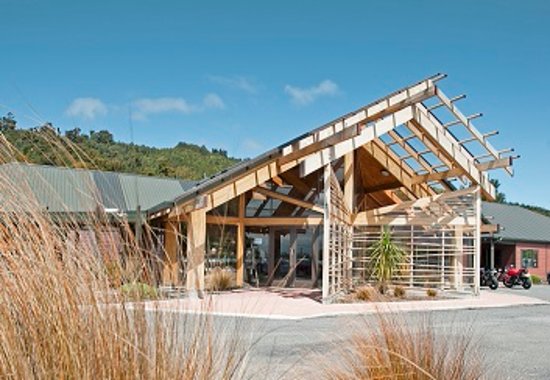Christmas is coming!
Day(s)
:
Hour(s)
:
Minute(s)
:
Second(s)
Gift a Pūkaha experience this Christmas!


We have even more toys, books and gifts in our gift shop at Pūkaha.
Pop in to get your Christmas sorted!
Opening Hours
We are open every day of the year – except Christmas Day!
9:00am – 5:00pm
Pūkaha National Wildlife Centre is a not-for-profit charity managing an unfenced breeding sanctuary for native wildlife.
Our 942-hectare forest is home to wild birds.
Inside our aviaries we hatch kiwi, kākā and kākāriki for release across Aotearoa New Zealand.
To make a difference, we need your help.
We are located on the border of the beautiful Tararua and Wairarapa regions, on the north island of Aotearoa New Zealand.
Conservation
Campervans / EVs
Campervans
There is space to park campervans and motorhomes during the day.
Over-night sites are available, with a guided tour included in the price.
Bookings essential.
Electric Vehicles (EVs)
We have two Type-2 EV trickle charging stations available. Customers will be required to provide their own type-2 charging cable.
How to get here


We’re on State Highway 2 (SH2) in the middle of the lower part of the North Island of Aotearoa New Zealand.
We’re 30kms north of Masterton, Wairarapa and 10km south of Eketahuna, Tararua.
It’s about 2 hours to drive north-east from Wellington, a little longer heading south-west from Napier, or an hour south from Palmerston North.







